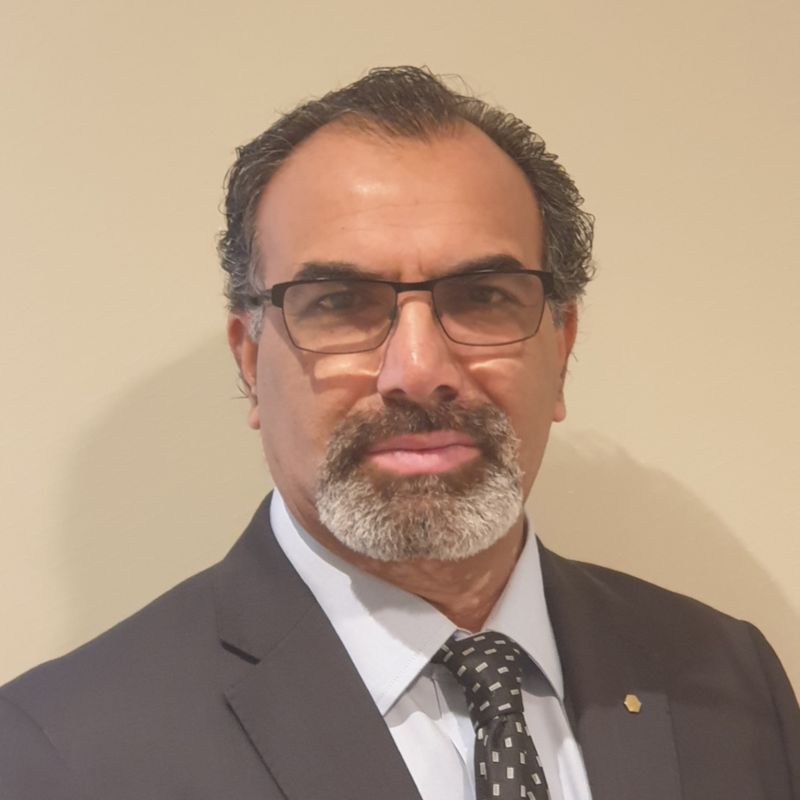From ambition to impact: Vu Khang Thanh’s sustainable leadership powered by MBA scholarship
Vu Khang Thanh is the archetype of the leader the RMIT MBA Scholarship seeks to recognise: guided by long‑term vision, values‑driven, and committed to creating positive community impact alongside generating profit.
To Minh Ngoc and the ripple effect of research and growth
Ngoc To shares her journey from clinical trials to AI-driven research – and the mindset that’s helped her stay grounded through every challenge.
Turning ideas into action: Digital Entrepreneurship at RMIT
Discover how RMIT’s Digital Entrepreneurship course equips MBA students with the mindset, tools and real-world experience to turn digital ideas into viable ventures whether launching a startup or driving innovation within an existing organisation.
From the ground, up: Nguyen Minh’s unconventional path to CEO
From working as a chef to leading a manufacturing company, Nguyen Minh’s path to CEO is anything but typical. Discover how his drive to keep learning, and an MBA from RMIT, helped him turn challenges into opportunities.




